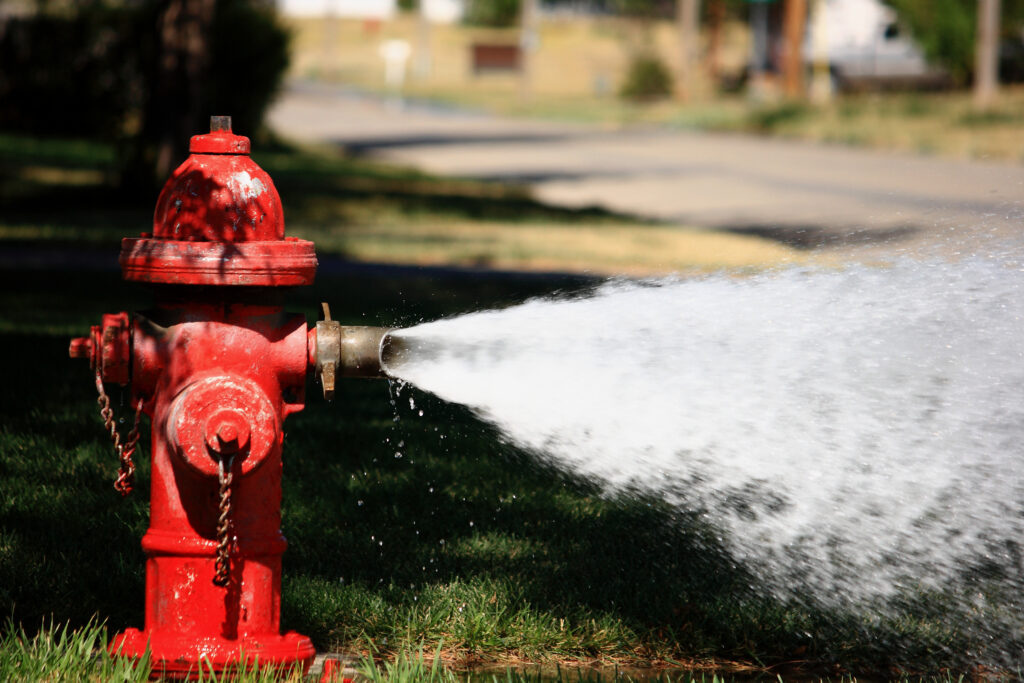Concern over fire hydrants in the state is on the rise as smaller water providers don’t have the ability to test them.
Director of the Public Service Commission Charlotte Lane asked the West Virginia Legislature during the Joint Standing Committee on Technology and Infrastructure for $7 million; $3 million would be used as grants to cover inspections and testing costs and $4 million would be used as low or no interest loans to water districts so they are able to finance repairs and replacements of fire hydrants.
“There are firms in West Virginia that will do flow testing, and they charge, like, $100 per fire hydrant,” Lane said. “We think that a lot of these small utilities won’t have the money to do the testing.”
Guidelines For Improvement
The Fire Protection Association recommends that hydrants be flow tested every 3-5 years, plus a yearly inspection. According to Lane, those tests are costly and would disproportionately hurt small utilities that have difficulty paying bills and providing potable water to customers.
She also asked that the legislature give the PSC power to regulate fire hydrants in the state so that they comply with the National Fire Protection Association’s recommended practice.
“We don’t promulgate rules without statutory authority. And so if we want to amend our water rules related to fire hydrants, I would request that we have statutory authority,” she said.
Tragedy Sparks Awareness
Awareness around fire hydrants in the state rose after a Charleston man’s house caught fire and multiple fire hydrants were not functioning. West Virginia has double the rate for deaths caused by fire than the rest of the country and is in the top five states for fire-related deaths.
Spouting The Numbers
The PSC asked every water district in the state to test their fire hydrants and fill out a detailed survey about their functionality. They ended up extending the survey from June 28 to Aug. 25 after many districts failed to fill out the survey in time. Currently, 90 percent of water districts have filled out reports with the PSC still waiting on 27 water districts.
The normal lifespan of a fire hydrant is around 50 years, Lane said. Nine in 10 fire hydrants are less than 50 years old. The oldest fire hydrant in the state is 138 years old.
It costs around $15,000 to completely replace a fire hydrant.
The majority of the state’s fire hydrants are utility owned, with around 5 percent being privately owned.
Questions And Caveats
Committee members questioned Lane if any of the repairs would qualify for federal funding, like the Infrastructure Investment and Jobs Act. Lane said the PSC did not know.
Other members asked questions about the effect of struggling or deteriorating water systems on a new fire hydrant’s ability to function properly. Lane said that part of fixing a fire hydrant could be to remedy the water line that it connects to, which would raise the cost.
Lane said if the legislature follows the recommendations from the PSC the public will be able to be confident that they have functioning fire hydrants in case of a fire.





















 karenkh/Adobe Stock
karenkh/Adobe Stock
